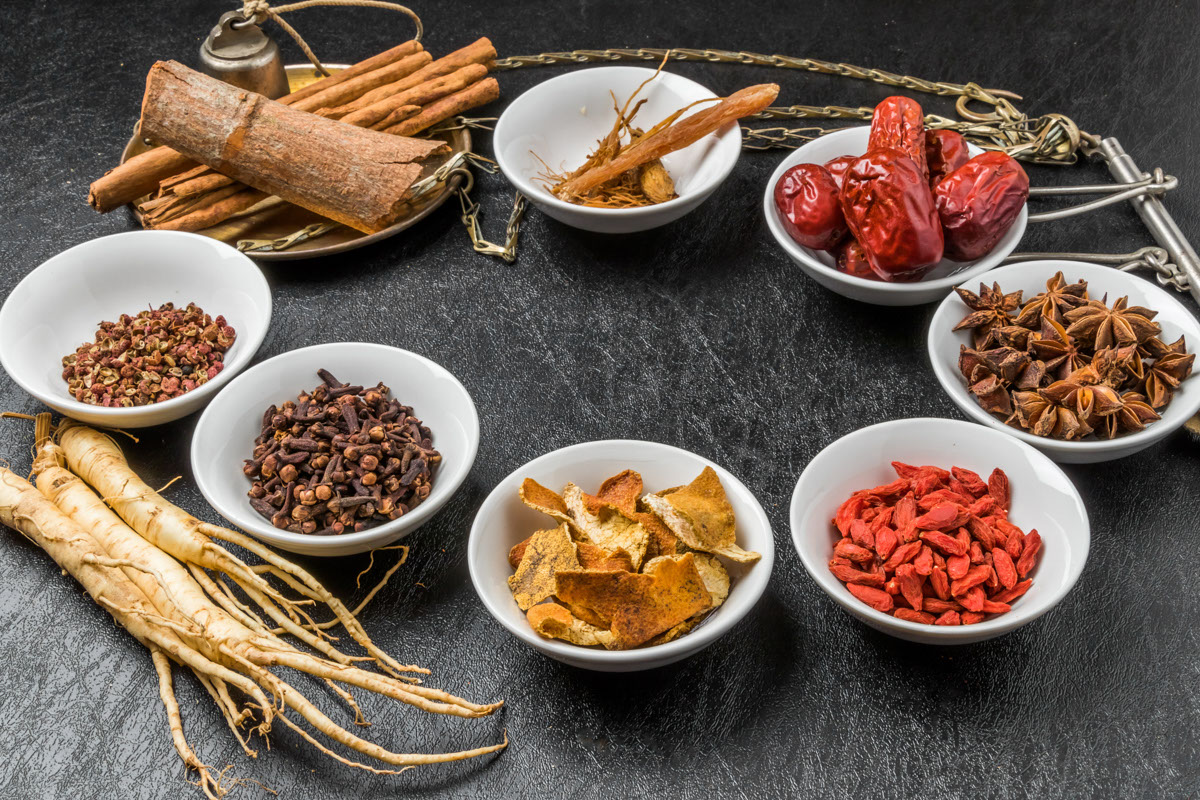The Role of Dietary Therapy in TCM Cancer Treatment
Information Provided/Updated by: Professor Bian Zhaoxiang
Associate Vice-President (Development of Chinese Medicine), Hong Kong Baptist University
Tsang Shiu Tim Professor in Clinical Chinese Medicine
Head of Clinical Division, School of Chinese Medicine
資料整理:曲廖秀芳女士
Introduction:
Food is of vital importance to humans, especially for cancer patients. They need to consume high-quality food to strengthen their bodies and boost immunity in fighting the disease. Meanwhile, "eating" is also the most effective way to bring a sense of happiness to patients. If patients can enjoy delicious (and beneficial) meals with their loved ones during cancer treatment, it will bring them great comfort.
For caregivers, we are eager to help our loved ones, but since we are not doctors, we leave the treatment to medical professionals. However, caregivers play a crucial role in providing delicious and beneficial food. Seeing patients eat happily is the greatest comfort and satisfaction.
In this article, Professor Bian Zhaoxiang introduces the role of dietary therapy in Traditional Chinese Medicine (TCM) treatment.
1. Definition of Dietary Therapy
2. Food and Medicine Share the Same Origin
3. Functions of Dietary Therapy
4. Properties of Food
Part One —— Definition of Dietary Therapy(食療)
The ancient TCM classic Huangdi Neijing (Inner Canon of the Yellow Emperor) (黃帝內經)states:
- "Grain, meat, fruits, and vegetables should be used for nutritional support to their fullest extent, without excess, to avoid harming the body’s vital qi."
- "The five grains are for nourishment, the five fruits for supplementation, the five meats for enrichment, and the five vegetables for replenishment. Combine them according to their flavors and properties for consumption to replenish essence and boost qi."
Dietary treatment in TCM is called "dietary therapy"(食療). Dietary therapy refers to:
- Using dietary methods,
- Combining various types of food,
- To achieve the goals of strengthening the body, preventing diseases, and treating illnesses.
Part Two —— Food and Medicine Share the Same Origin(藥食同源)
In TCM, food, like medicine, has specific properties (nature and flavor) and effects. By understanding the characteristics of different foods and matching them with the symptoms of diseases, effective therapeutic effects can be achieved.
Part Three —— Functions of Dietary Therapy
In summary, TCM holds that the functions of dietary therapy include nourishing the zang-fu organs, dispelling pathogenic factors, and regulating yin-yang balance.
The following are some basic principles:
- Management of "Deficiency Syndromes"
TCM believes that the hypofunction of different organs and tissues in the human body is a key factor leading to diseases; such conditions are called "deficiency syndromes" (e.g., lung deficiency, kidney deficiency, qi deficiency, blood deficiency). To improve deficiency syndromes, TCM advocates consuming appropriate foods to nourish the zang-fu organs:
- Chicken soup can be used for treating consumptive diseases;
- Milk can be used for post-illness recuperation;
- White rice can tonify the spleen and benefit the stomach.
- Management of "Excess Syndromes" (Pathogenic Excess)
In addition to deficiency syndromes, TCM points out that diseases can also be caused by the invasion of external pathogenic factors into the human body, or by disorders and hyperactivity of internal bodily functions. When pathogenic factors are strong, TCM refers to this condition as "excess of pathogenic factors" or "excess syndrome". For this, TCM suggests consuming appropriate foods to eliminate the causes:
- Hawthorn can resolve food stagnation;
- Coix seeds (job’s tears) can dispel dampness;
- Adzuki beans can reduce edema.
- Maintenance of "Yin-Yang Balance"
TCM advocates that the body’s physiological functions can only be maintained in a state of harmony and coordination to resist the invasion of pathogenic factors. This state is what TCM calls "yin-yang balance".
To maintain yin-yang balance, TCM holds that the properties (nature and flavor) of food can be used for regulation:
For people with a "heat-biased constitution", appropriately choose foods with cold properties. For example, most fruits and vegetables are cold-natured: pear juice and orange juice can clear heat, quench thirst, and promote fluid production; watermelon can clear heat and induce diuresis; adzuki beans can promote diuresis and reduce edema.
Conversely, for people with a "cold-biased constitution", appropriately choose foods with warm properties. For example, fresh ginger can warm yang and invigorate the stomach; Sichuan pepper can treat stomach cold and pain; decocted pomegranate peel can relieve diarrhea.
Due to the above functions, TCM practitioners can provide appropriate dietary recommendations for cancer patients based on their actual conditions to complement cancer treatment.
Part Four —— Properties of Food
Every type of food has its own properties. The following are some common terms:
- "Dietary restriction" (Jiekou)(戒口): During TCM treatment, patients make appropriate adjustments to their diet.
- TCM dietary restrictions follow the bias (nature) (偏性)of medicines, which are categorized into four effects: warm, hot, cold, and cool.
- Foods with no obvious cold or hot properties are called "neutral" (ping xing)(平性)
- "Sweet flavor" (wei gan)(味甘): Refers to a sweet taste; "pungent flavor" (wei xin)(味辛 ): Refers to a spicy taste.
- "Meridian tropism" (gui jing)(歸經) :Refers to the selective action of food on specific parts of the human body, meaning the food exerts a more significant effect mainly on a particular meridian (zang-fu organ or channel).
(October 2021)





